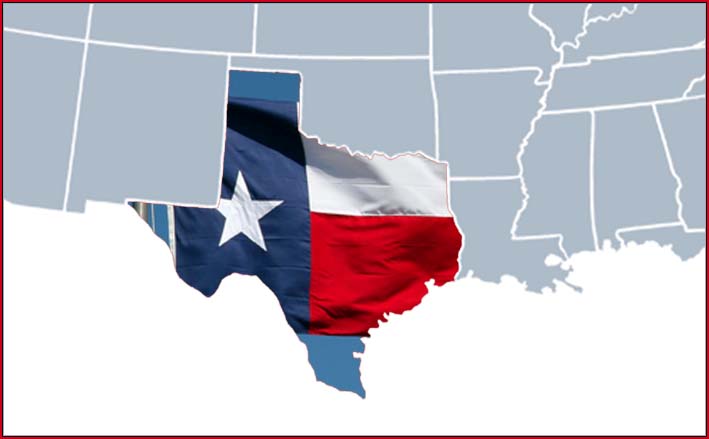The Republican primaries held in the state of Texas in the second week of March surprised by the number of ballots in the southern regions – whose population is mostly Latino – which excited the Republican Party in the hope of a growing change in the adhesion of these voters to the party.
Texas is one of 18 U.S. states that recently passed more restrictive voting laws following the 2020 presidential election. In Starr County, located on the border with Mexico, just over forty residents voted in the 2020 Republican primaries and, despite low expectations for this year, nearly 1,100 people voted.
A similar increase in Republican turnout occurred in South Texas, a former Democratic stronghold dominated by Latino voters. “In five U.S.-Mexico border counties, nearly 30,000 people voted in the GOP primary, an increase of more than 25% in participation from 2020”, according to
US News.
For Republicans, the swerve of Latino support that emerged with the election of Donald Trump could be a more enduring political trend, a situation that could force Democrats to reassess their political campaign strategies.
“The reverberations are being felt far beyond Texas. In South Florida, where Democrats were caught off guard by losing two House seats in 2020 that they'd flipped the previous cycle, some say the party must intensify on-the-ground operations that were largely suspended during the pandemic. Perhaps more fundamentally, they say, Democrats must do more to listen to the priorities of Latino voters and make fewer assumptions about their support”, according to the publication.
Overall, Latinos still support Democrats by wide margins. However, according to a
Pew Research report “Even as Biden held on to most Hispanic voters in 2020, Trump made gains among this group overall. There was a wide educational divide among Hispanic voters: Trump did substantially better with those without a college degree than college-educated Hispanic voters (41% vs. 30%)”.
Abel Prado, executive director of Democratic advocacy group Cambio Texas in the Rio Grande Valley, acknowledged that Republicans have stepped up efforts to recruit candidates in the state, which may have driven the recent results. But “when you look at the raw votes, we’re still outvoting them 3-to-1”.
According to US News, “improving Republican primary turnout in GOP primaries could buck decades of Democratic suggestions that Texas’ booming Hispanic population would eventually flip America’s largest Republican state. A ballooning Hispanic community, after all, helped transform once GOP-leaning California into the nation's biggest blue state in the 1990s”.
In the years between 2010 and 2020, Texas gained more residents than any state with Latinos, driving its population growth to 29.1 million. Trump won 35% of the national vote for Latinos in 2020, about the same as he won in Texas, according to AP VoteCast, a national poll of the electorate in the country, which also showed that Donald Trump, in 2020, made notable inroads into the electorate. Latino in Florida (45%) and Nevada (42%).
Florida's voters register by party, unlike Texas, which is an open primary state, meaning voters do not register as members of a particular political party. Instead, they can vote in either party's primary election.
“Florida voters register by party, unlike open-primary Texas. Last year, registered Florida Republicans outnumbered Democrats for the first time in modern history, and the GOP’s lead of active registered voters has widened in more recent months. Trump performed well with Cuban American voters in South Florida and greatly narrowed Democrats’ lead in Miami-Dade County in 2020”, the opposite of a few years ago, in 2016, according to the same publication.
Dan Smith, a political scientist at the University of Florida, said that “Certainly Democrats have lost any advantage they once had, adding that GOP efforts to label Democratic candidates as socialist was effective among Cuban and Venezuelan exiles”.
 saber-curiosidades.blogspot.com
saber-curiosidades.blogspot.com











